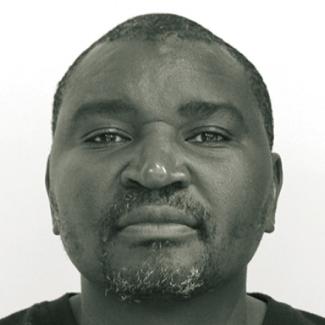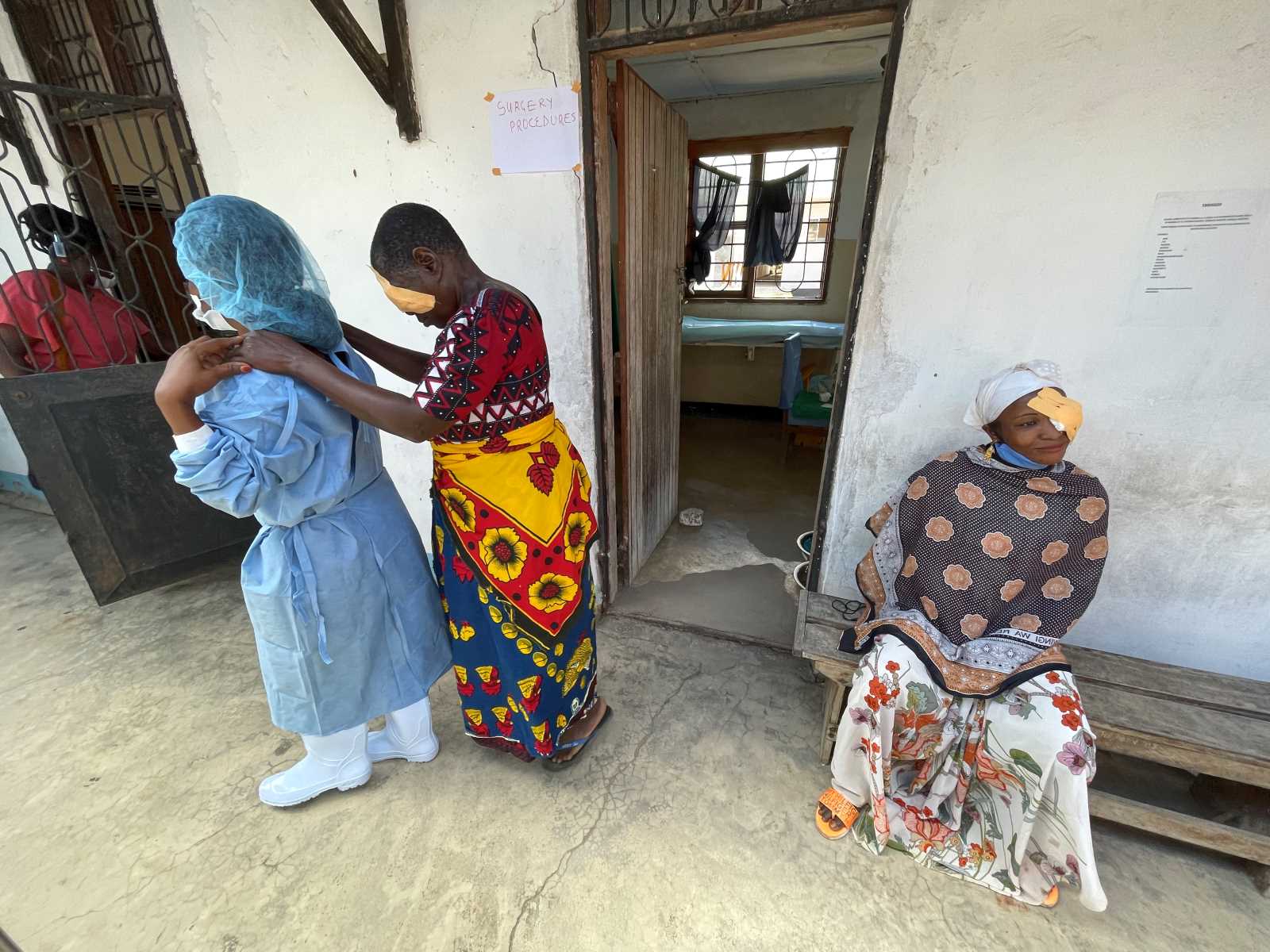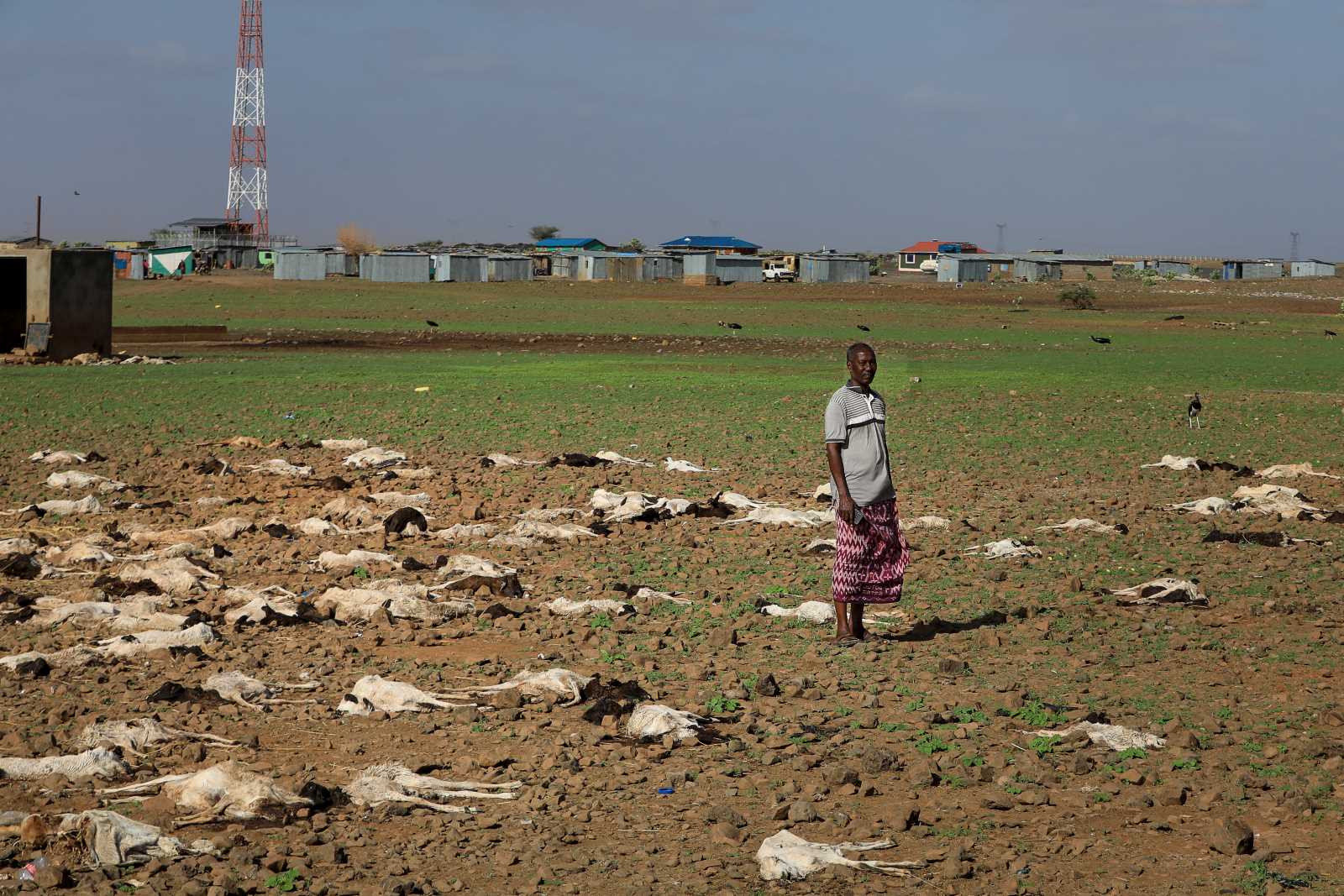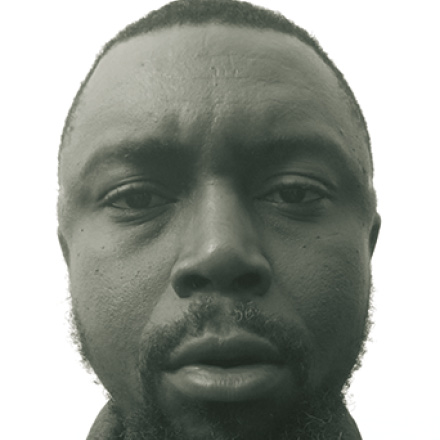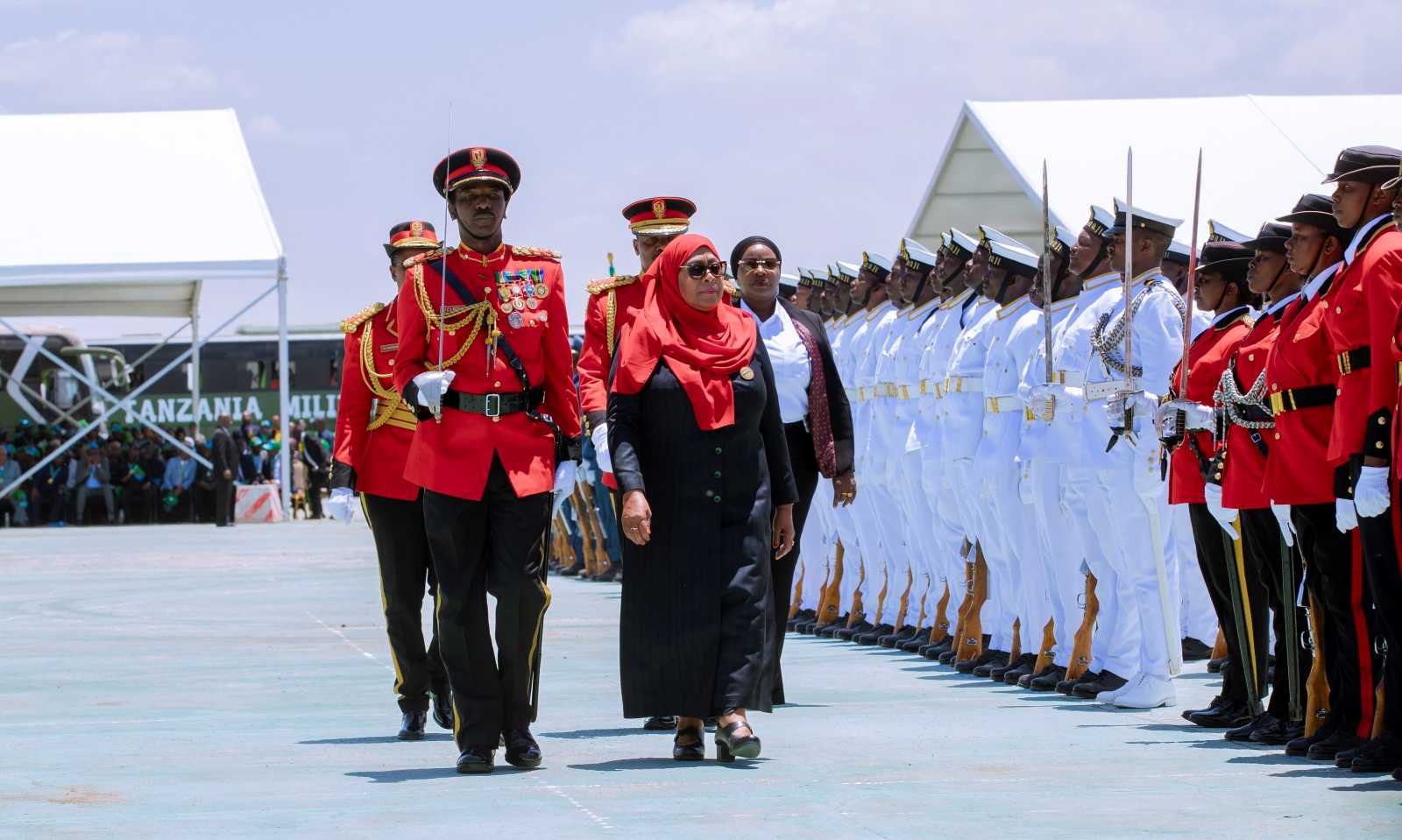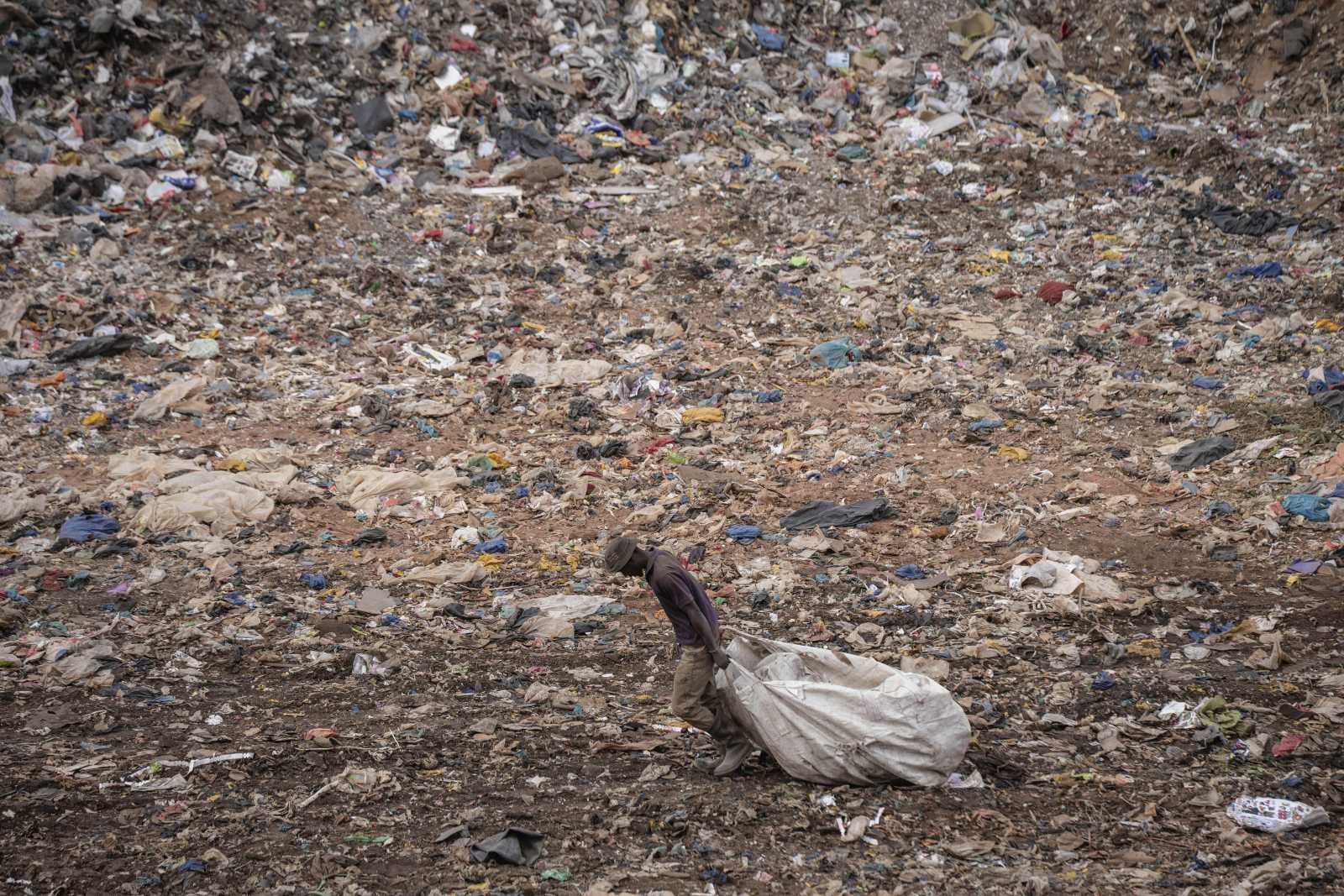Vaccines
A shot in the arm
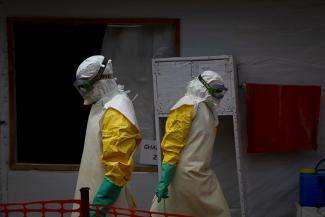
Poverty and ill health often go hand in hand. Indeed, the close link between poverty and poor health is a vicious cycle: each condition exacerbates the other.
Poverty can lead to illness by limiting access to clean water, adequate nutrition and education. In turn, illness can deepen poverty by imposing medical expenses, reducing the productivity of sick individuals and cutting the income of relatives who take time off from work to care for patients. Poor health can also have long-term effects when sick children cannot attend school and end up as less economically productive adults.
In Africa, the link between poverty and ill health is in plain view. On the health front, Africa is the continent with the highest infant death rates, a key indicator of poor public health. On the economic front, Africa is the world’s most impoverished continent. The World Bank forecasts that by 2030, nearly nine out of every ten extremely poor people will live in sub-Saharan Africa.
In addition, Africa has the biggest gaps between haves and have-nots: the Gini index, a statistical measure of income distribution, shows that eight of the ten economies with the widest income disparities are in Africa.
Although Africa has a high burden of both poverty and disease, many of its diseases are preventable with existing vaccines. To improve Africa’s health levels, governments and other key stakeholders need to improve access to vaccination. Ultimately, greater access to vaccination will lead to a reduction in poverty and income disparity.
Despite the demonstrable benefits of vaccination, its full potential has yet to be tapped in Africa. In 2018 only 76 % of African infants received three doses of the diphtheria-tetanus-pertussis (DTP) vaccine, compared to the global rate of 86 %, according to the World Health Organization (WHO). Rates of DTP vaccination are usually used as a key indicator of overall vaccine coverage.
Vaccination reduces the impacts of poverty on child survival and protects the most vulnerable children. Obviously, families who cannot afford treatment benefit most from disease prevention. Moreover, vaccination often serves as a gateway for individuals and communities to receive other health services. Vaccination has such a wide-ranging impact on communities that its role is important to achieving 14 out of 17 of the Sustainable Development Goals.
For vaccination programmes to succeed, they must be delivered to entire communities and repeatedly over many years. When vaccination coverage is high, herd immunity is achieved, so that even the few who are not vaccinated are protected. The fight against smallpox serves as a good example of the herd effect. Through vaccination, the disease has been eradicated across all income groups worldwide.
New vaccines required
The suboptimal 76 % coverage rate for DTP vaccination is only one area in which progress is urgently needed to promote public health in Africa. Another area of concern is HIV/AIDS. In 2018 there were around 25 million people living with HIV in Africa, representing about two thirds of global HIV cases, according to UNAIDS, the Joint UN Programme on HIV and AIDS. UNAIDS also says there were 1 million new HIV infections in Africa in 2018.
Worryingly, HIV usually affects young adults, who are the most productive, making the economic costs of the disease high. While antiretroviral treatment has saved lives and turned HIV into a chronic condition, lifelong treatment has overburdened health-care services. As new infections continue to appear, a vaccine is desperately needed. Currently no vaccine is licensed in Africa for HIV, but several are being tested.
Like HIV, tuberculosis (TB) is also treatable and imposes a heavy economic burden in Africa. Each year there are around 2.5 million TB cases and about 500,000 people die from it, the WHO says.
While better diagnostic tests and treatments are being developed, a vaccine is also critical for fighting TB. Currently the BCG (Bacillus Calmette–Guérin) vaccine is given to newborns, protecting them from severe forms of the disease, but BCG can have poor protection against pulmonary TB. Research is under way to develop new vaccines and to test the effectiveness of revaccinating adolescents with the BCG vaccine.
Malaria is also a focus of attention. Despite being curable, the disease is still widespread. According to the WHO, an estimated 405,000 people worldwide died of malaria in 2018. The WHO adds that its African region has a disproportionately high share of the global malaria burden, with 93 % of the world’s malaria cases and 94 % of the world’s malaria deaths occurring there in 2018.
Good news
Obviously, an Ebola vaccination would be good too. During the West African epidemic from 2015 to 2018, clinical trials began on the Ebola vaccine rVSV-ZEBOV, which showed encouraging safety and effectiveness results. The vaccine is now being used in the ongoing epidemic in the Democratic Republic of the Congo. Although it is unlicensed, which means its full safety and effectiveness is still not fully known, this vaccine is being administered under a “compassionate use” initiative. This allows high-risk patients, for whom there is no other authorised medicinal product, to receive the vaccine. The approach makes sense because the risks of the vaccine are far below those of an Ebola infection.
Other good news in Africa is that government spending on vaccination has increased, and the continent has managed to maintain coverage rates despite a rapidly growing population, according to the Strategic Advisory Group of Experts on Immunization, an advisory group established by the WHO. This achievement is notable in the context of a rise in vaccine scepticism worldwide, which has led to outbreaks of diseases like measles, even in high income countries. Another piece of encouraging news is that following the last case of wild poliovirus in Nigeria in 2016, Africa is moving toward being declared polio free.
Vaccine research is also moving forward on the continent, with several new vaccines being tested and introduced. In 2019, authorities in Ghana, Malawi and Kenya began pilot-testing the first vaccine to be licensed against malaria, called RTS,S. While the vaccine does not provide complete protection, it represents progress as the first malaria vaccine to move beyond clinical trials. As in many other areas, on the matter of achieving full vaccination coverage, Africa has a long road ahead. But it is making progress, raising hopes that it can turn the vicious circle of poverty and disease into a virtuous circle of better health and rising incomes.
Hannah Hussey is a medical doctor specialising in public health at the University of Cape Town and works closely with the Vaccines for Africa Initiative (VACFA) team at the University of Cape Town’s School of Public Health and Family Medicine.
hshussey@gmail.com
Gregory D. Hussey is a professor of medicine at the University of Cape Town and director of VACFA. The Initiative conducts evidence-based research aimed at strengthening African immunisation programmes.
Rudzani Muloiwa is a member of the VACFA team, directs the paediatric HIV clinical services at Groote Schuur Hospital and is senior lecturer in paediatrics at the University of Cape Town.
Benjamin M. Kagina is a senior research officer and vaccinologist with the VACFA team.
